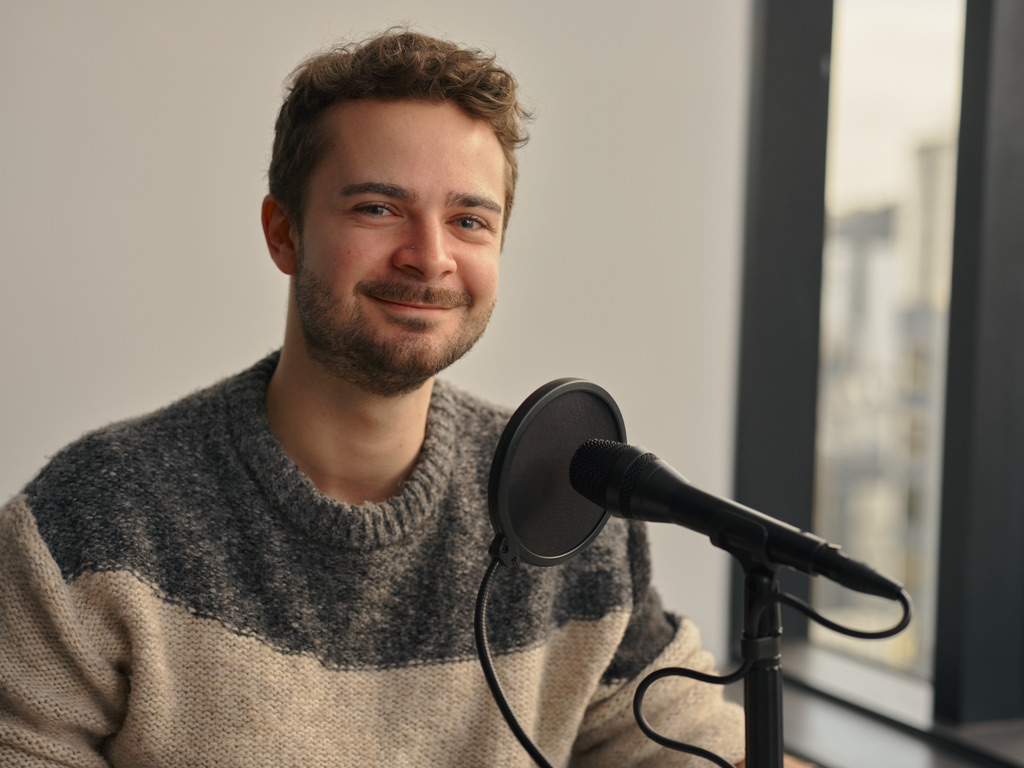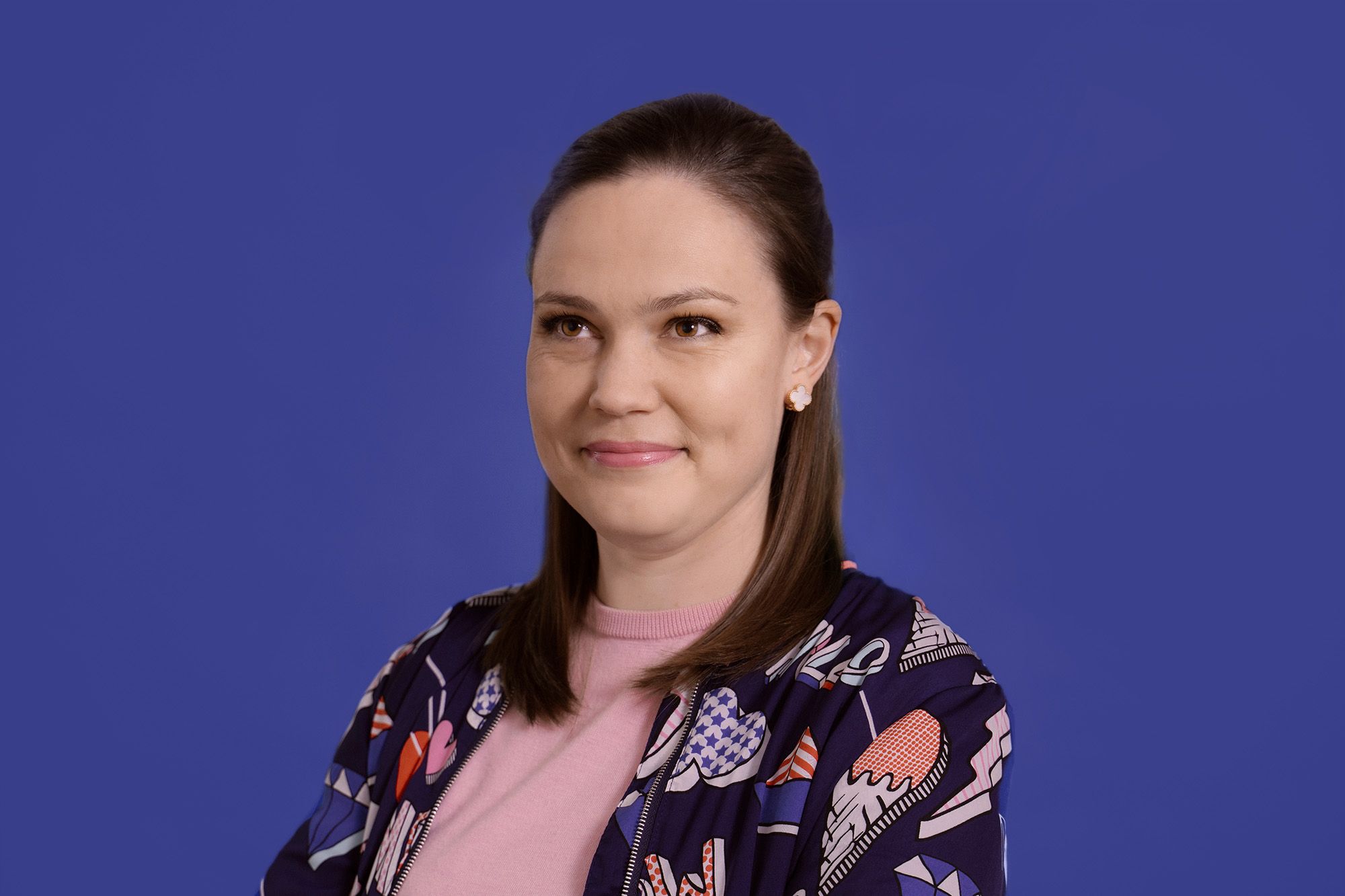Alex Walker’s eyes are glued to a set of computer monitors broadcasting the Tokyo Olympics live.
The caption editor speaks directly into the microphone as he watches, before text is sent out to viewers nationwide. “You feel included. Like you’re part of the event. It’s a privilege,” Walker, who in October will have been part of the organisation Able for six years, said.
Able was formed eight years ago after a restructuring at TVNZ saw its former captioning department axed. Since Able has become its own non-profit, it has doubled its staff, which chief executive Wendy Youens said was a result of demand for improved accessibility across the arts and media sectors.
Last year Able received about $2 million in government funding over four years, via NZ On Air, to increase its services, giving it a total of $4.9m annual spend. This year marks the first time the Olympic Games has been fully captioned on New Zealand television.
“People are asking for more – they are demanding accessibility. It’s seen as a human right for people to have access to information. On television, people can access important information. Television is about social inclusion – we watch television to know what’s happening in the world,” Youens said.
More than 880,000 people in Aotearoa are part of the Deaf and hard of hearing communities, and almost 200,000 Kiwis are blind or have low vision.
Captioning or audio description can usually be turned on via remote, or other method depending on a viewer’s television model and subscription service.
To accurately live-caption the Olympics, captioners studied Olympic events, sporting jargon and athletes’ names. Staff work to about 2am covering evening Olympic events, and begin at 5.30am for normal rostered work, which includes prime-time captioning for Breakfast, the 6pm news bulletins, Seven Sharp and a range of drama, documentary and reality television shows.
For the Olympics, captioner teams work in 15-minute blocks, re-speaking what’s said in commentary to software, which provides captions to accompany the real-time broadcast. Captioners have less than a second to rectify any errors.
A typical shift for Walker, a trained actor, might consist of preparing the 6pm news bulletin one hour out. With pre-recorded programming, artificially-intelligent software is used to create a track, which is then formatted and edited into a caption format. Due to the unscripted nature of many prime-time shows including news, live-captioning is also required.
“There’s a certain amount of pressure,” Walker said. “It’s a really satisfying process to be a part of. It’s like going for a run, verbally.”
The software has come a long way, recognising te reo and proper nouns, but it’s not perfect: dialect and accents are not often registered by technology, and cross-talk produces a jumbled script. With live-captioning there’s an acceptance there will always be some errors.
While captioning has been on New Zealand television since the 1980s, audio description has only been around about a decade. It started with humble beginnings: a two-hour Coronation Street broadcast.
The need for captioning and audio description is growing with the rise of social media. According to data, about 85 per cent of videos on Facebook are watched without sound.
Youens said Able was increasingly providing its services for independent clients, including more television channels, film/television production companies, online platforms and websites such as TVNZ OnDemand.
“Our vision is for all media to be accessible.”
*This article was written by Andre Chumo for Stuff, and can be read in full at https://www.stuff.co.nz/entert…





